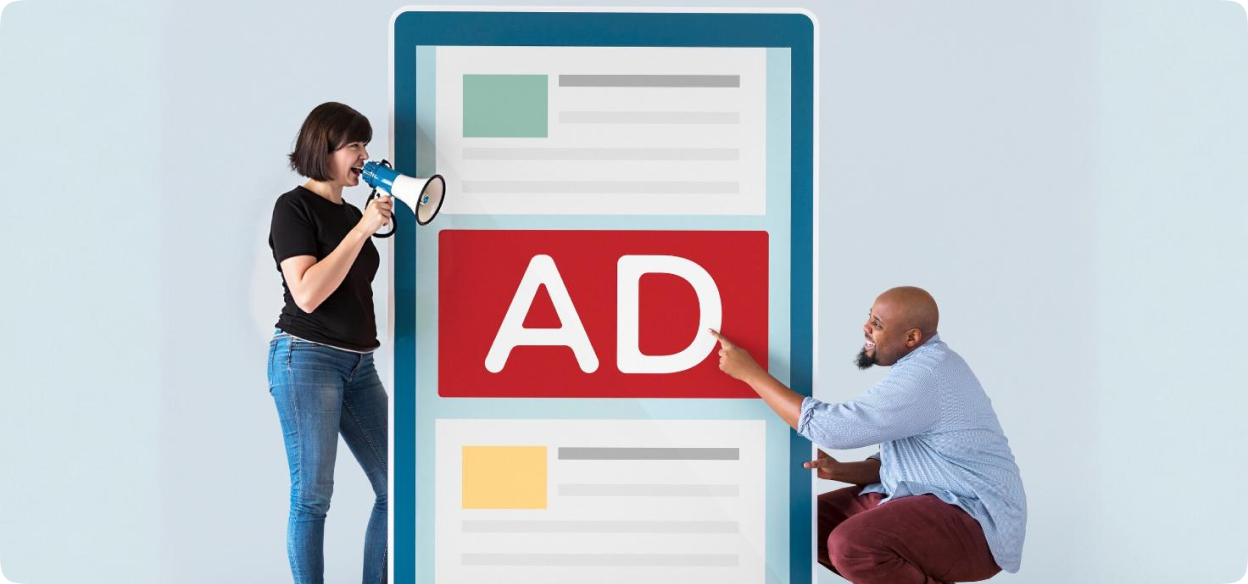Public relations (PR) and advertising are both important marketing tactics for increasing brand visibility and growth. They do, however, work in various ways and serve diverse objectives. Advertising is often a paid, controlled message, whereas public relations focusses on earning a reputation through earned media and coverage that your business receives without directly paying for it. This distinction is frequently what makes earned media the most valuable tactic in the long run. Here's why the earned media, the foundation of PR, frequently outperforms advertising.

•Jan 13, 2025
PR vs Advertising: Why earned media wins
1. Trust
The main advantage of earned media versus advertising is trust. Consumers are naturally skeptical of paid commercials, recognizing that they are intending to sell something. Earned media, such as news reports, media features, or influencer endorsements, is derived from third-party sources that are regarded to be more neutral. This independent confirmation increases a brand's credibility and authenticity in the eyes of potential customers. When credible media sources talk about your brand, it has a significantly greater impact than when a brand talks about itself in an advertisement.
2. Cost
The low cost of earned media is one of its most appealing qualities. Advertising frequently necessitates a large financial expenditure, particularly when it comes to digital, television, or print commercials. These expenses can accumulate quickly, especially for long-term initiatives. Earned media, on the other hand, does not carry the same high price tag. While there are always costs associated with carrying out a PR strategy, such as hiring a PR team or writing press releases, the return on investment (ROI) from media coverage is frequently better because it does not require direct payment for placements.
3. Greater Impact
Another reason why earned media generally outperforms advertising is its longevity. Once an ad campaign expires, the brand must invest again to maintain visibility. However, earned exposure, such as a mention in a prominent publication or a popular social media post, might last indefinitely. This continued exposure maintains your brand in front of a target demographic long after the first coverage. Articles and media mentions can drive traffic to your website or social media for months or even years, giving long-term value without additional expenditure.
4. Organic Engagement
Earned media offers a unique edge in terms of organic reach. A positive narrative shared by the media or an influencer is frequently picked up, remarked on, and amplified by audiences via social media or word of mouth. This generates organic buzz for your business, allowing it to expand naturally. In contrast, advertising's reach is generally confined to the platforms for which you have paid, and while it can be beneficial in the near term, it lacks the viral potential of earned media.
5. Art of Storytelling
PR enables brands to tell their stories in a more sophisticated and engaging manner. Rather than simply promoting a product, public relations aim to create a story about a brand's values, mission, and influence. Earned media allows organizations to go beyond transactional communications and connect with their customers on a deeper level. However, advertising focuses on straight selling and product promotion, which might be less emotionally appealing.
Conclusion
While advertising has its role in a comprehensive marketing strategy, earned media, the heart of public relations has the potential to foster a deeper, more honest connection with customers. PR contributes to the development of long-term relationships between brands and their consumers by creating trust, providing cost-effective solutions, and delivering enduring influence. In today's environment, when authenticity and trust reign supreme, the earned media frequently triumph over public relations and advertising.


